By Ondrej Beranek
Islam is like a pure river: it takes on the color of the rocks on the riverbed.
Amadou Hampâté Bâ, West African writer and scholar.
Muslims in this West African country form more than fifty percent of the entire population. In previous centuries, Islam spread in West Africa mainly through the activities of indigenous merchants and itinerant scholars traversing the trans-Saharan trade routes and establishing mosques that served as hubs of Islamization. The following photos were taken in the northeastern part of Burkina Faso in the Seno and Oudalan provinces. Two places—small villages Bani and Gorom-Gorom—are renowned there in particular: one because of Islam, the other because of trade. Bani is a home of the seven impressive adobe mosques, built in a traditional Sahelian architecture style. This style initially grew from the two Malian cities Djenné and Timbuktu and with the rise of the West African kingdoms spread to the whole area.
Gorom-Gorom is a larger Sahelian village lying at a point where savanna meets the harshness of the Sahara desert. The weekly Gorom-Gorom market, one of the biggest and most colorful in all West Africa, draws a vast array of traders from around the surrounding countryside and even neighboring countries Mali and Niger. These traders come from many different Sahel and Sahara ethnic groups—from Tuareg and Bella nomads, to Fulani herders and Songhai farmers. Luckily enough, the merchandise is not aimed at tourists, which allows eager searchers of authenticity to soak up, relatively unnoticed, the atmosphere of an important and traditional regional market.
For me, the uniqueness of West Africa lies in the mixture of influences from Maghrib and the Muslim world as well as from rich and colorful local traditions. And it is the very special nature of Islam, oftentimes blended with the ancestral beliefs and rituals, that gives this place its beauty and magic...
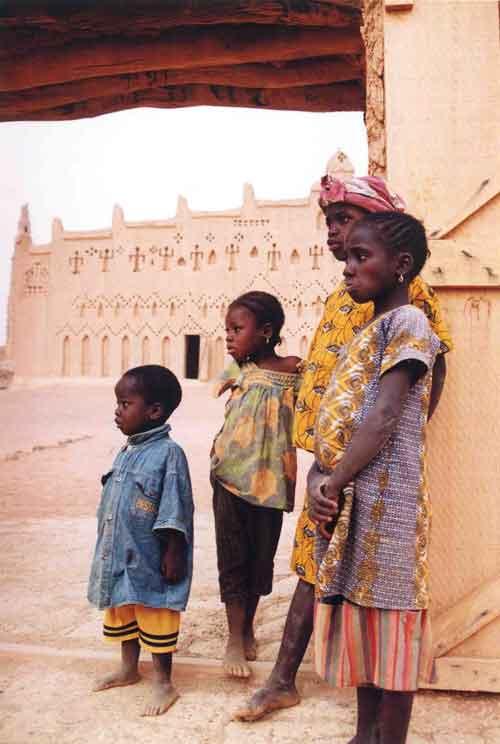
Imposing mud facade of the main Bani mosque symbolizes the Sahel, West Africa's dry savanna
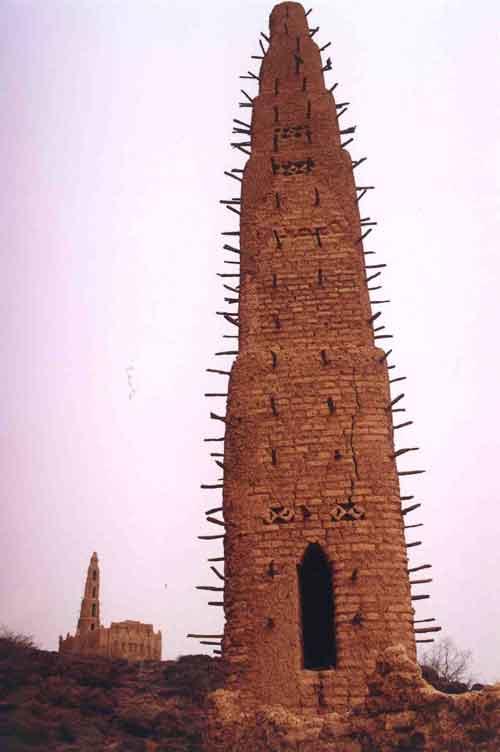
Two minarets in traditional West African style with typical bundles of deleb palm wood embedded in the walls

Children in a traditional Quranic school memorizing the central religious text of Islam
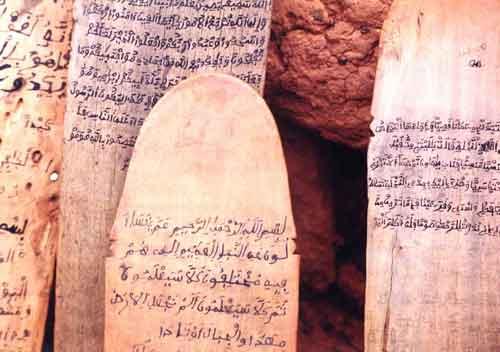
Traditional wooden tablets with the text of Quran written in charcoal ink

Elaborately dressed Fulani woman with typical earrings and complex hairstyle decorated with colorful beads, silver jewelry and kauri shells
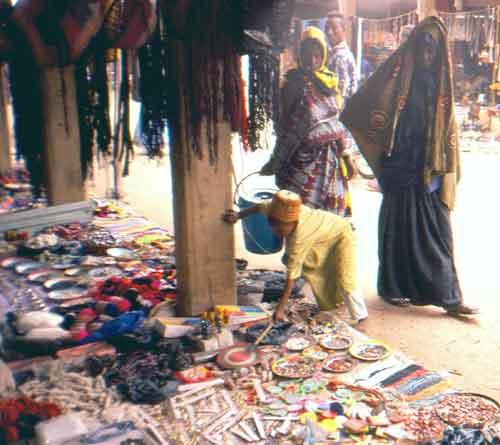
Necessary dusting of merchandise

Fulani girl goes shopping

Meat – an inseparable part of every African market

Dried dates
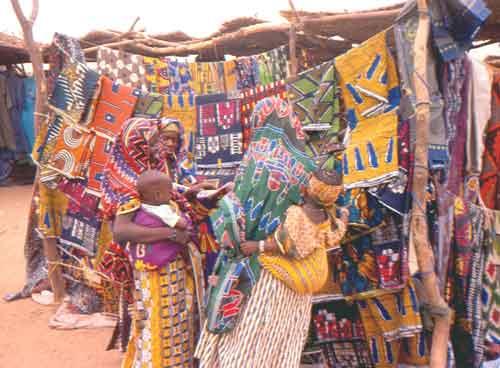
In addition to textiles, you can buy a variety of merchandise from foodstuffs and jewelry to dried camel dung
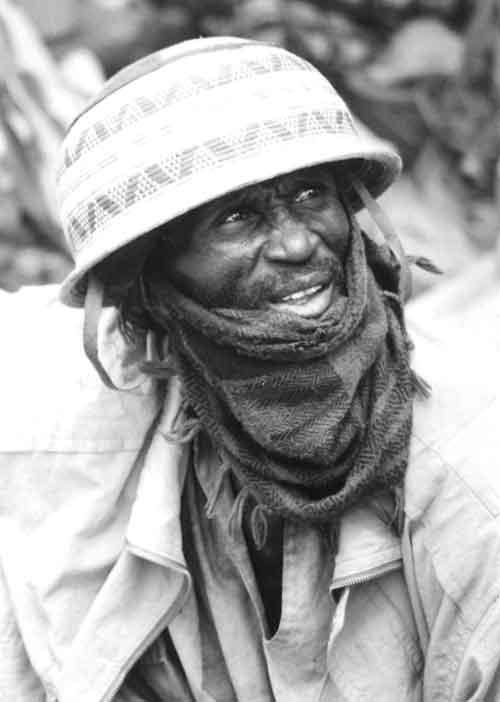
Fulani herder in a distinctive straw hat
(all photos by Ondrej Beranek and Ivo Hribek)
